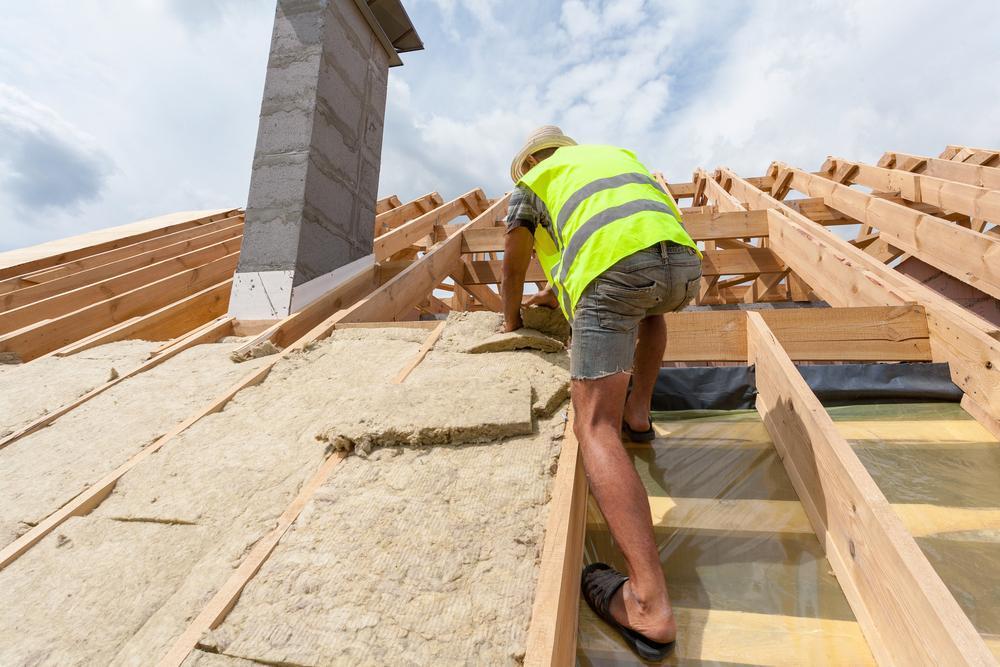
Roof Insulation DIY Tips
These days, everybody is looking for ways to save money. Skyrocketing utility costs give rise to questions such as “how can I make my home more efficient?” Fortunately, there are ways to save money that you don’t have to break the bank to accomplish.
One way to do this is to ensure that your home is properly insulated and ventilated. Adequate insulation will help your home retain heat in the winter and stay cool in the summer, giving your thermostat a break and lessening your consumption of fuel and electricity.
Attic Insulation
Since heat rises, this means that if your attic is not well-insulated you stand to lose the heat you are counting on for your family’s comfort. To minimize your potential heat loss and save money on heating bills, you should consider upgrading your attic insulation.
Insulating your attic is the best way to insulate your home – at least, it’s a great place to start. If you are confused as to what type of insulation you should use, consider what your attic space looks like, what size it is, and how accessible it is. What type of insulation you use and where you are going to put it can vary significantly from home to home.
Unfinished attics
For unfinished attics, the most common way to insulate is to blow in fiberglass insulation to lay between the ceiling joists. The space between the rafters would be left unfinished, ensuring maximum airflow through the space while insulating your living space below.
If blown-in fiberglass seems a little labor-intensive for a DIY insulation job, you might want to go with bat insulation instead. It’s a lot easier to lay down and you don’t need any special equipment or know-how.
According to Energy Star, the recommended rating for insulation (R-Value) for most attics is R-38, which gives you about 10-14” of insulation, depending on what type you choose.
If you have a finished attic
If your attic is finished but your ceiling is not insulated, you will need to insulate between the rafters. Keep in mind that airflow is just as important as the insulation itself. If your insulation is placed too tightly against your roof it may create more problems than it solves. In this case, it’s a good idea to install baffles in order to maintain some airspace. Then, when the air in the baffles heats up it will travel up to the peak of the roof and vent outside.
Insulating the roof deck
Even if your attic is already finished, you still have some options to consider if you need to insulate. If you are replacing the roof, you can add insulation beneath the roof decking, giving you an added layer of insulation between the roof and the living space beneath it.
If you have a metal roof especially, you will want to insulate to prevent the living space from becoming uncomfortably hot (or cold). The most common way of addressing this is to build up the roof with a couple of inches of Styrofoam overtop of the roof decking, followed by another roof deck on top. This method is the best way to improve the R-Value of your home and make it more comfortable in the process.
Do you live in an older home? Consider getting an energy audit to see how much heat you are losing through the roof. Based on the results, you might want to consider an insulation upgrade.
